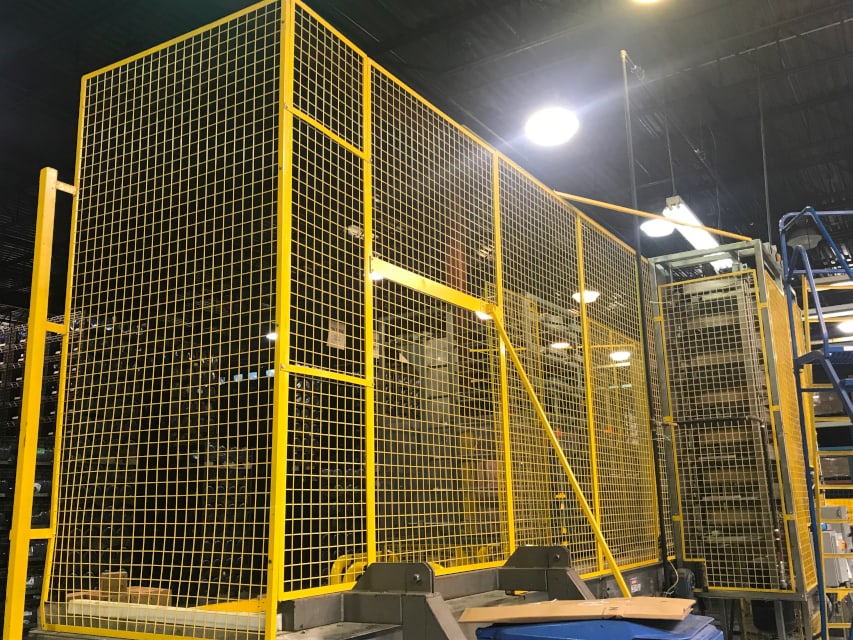
Factory Safety Fencing
Installing safety fencing to protect dangerous equipment involves several steps and considerations to ensure the safety of workers and others in the vicinity of the equipment. These are the key processes we following during installation:
- Risk Assessment: We begin by conducting a thorough risk assessment of the equipment and its surroundings. Identify potential hazards, risks, and possible scenarios that may lead to accidents or injuries. This analysis will help determine the appropriate type and location of safety fencing required.
- Safety Regulations and Standards: We follow all safety regulations and standards with respect to safety fencing.
- Design and Planning: We create a detailed plan for the safety fencing installation. We decide on the layout, dimensions, and positioning of the fence. We consider access points for authorized personnel, emergency exits, and maintenance requirements.
- Material Selection: We choose suitable materials for the safety fence based on the environment, the type of equipment being protected, and the potential hazards involved. Common materials include steel, aluminum, mesh, or polycarbonate panels.
- Construction and Assembly: We follow the design plan to construct and assemble the safety fence. We ensure that the fence is securely anchored to the ground or equipment to prevent tipping or breaching. We use appropriate fasteners and connectors for a sturdy and reliable installation.
- Safety Signage: We install clear and visible safety signs on the fencing, indicating potential hazards, restricted areas, and safety instructions.
- Access Control: We implement a reliable access control system for the safety fence. This can include gates with locks, magnetic card readers, or other entry mechanisms to ensure only authorized personnel can access the protected area.
- Testing and Inspection: After installation, we perform thorough testing to ensure the safety fence meets the desired functionality and safety requirements. Regular inspections should also be scheduled to identify any wear and tear or damage that may compromise the fence’s effectiveness.
- Training and Education: We provide training to employees and personnel about the importance of safety fencing, proper usage, and emergency procedures. Everyone working near the dangerous equipment should be aware of safety protocols.
- Maintenance and Upkeep: The safety fencing should be regularly maintained and repaired to keep it in good condition. Damaged components should be replaced promptly to maintain its effectiveness.
Safety fencing should never be considered a substitute for proper safety procedures, operator training, and equipment maintenance. It is one part of an overall safety strategy to protect against accidents and injuries related to dangerous equipment.